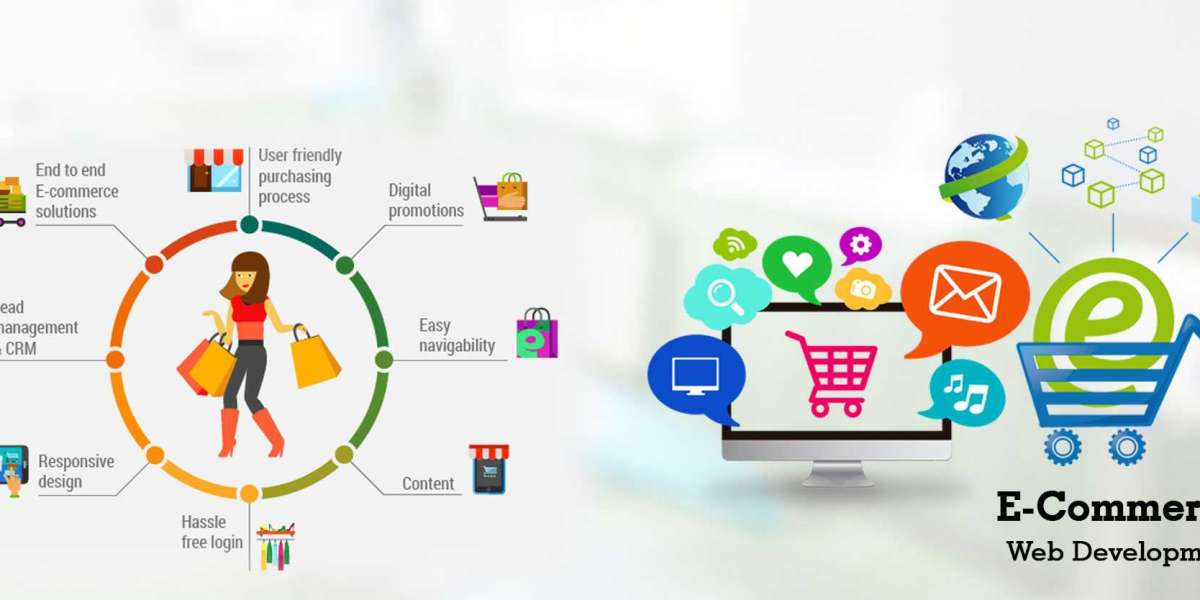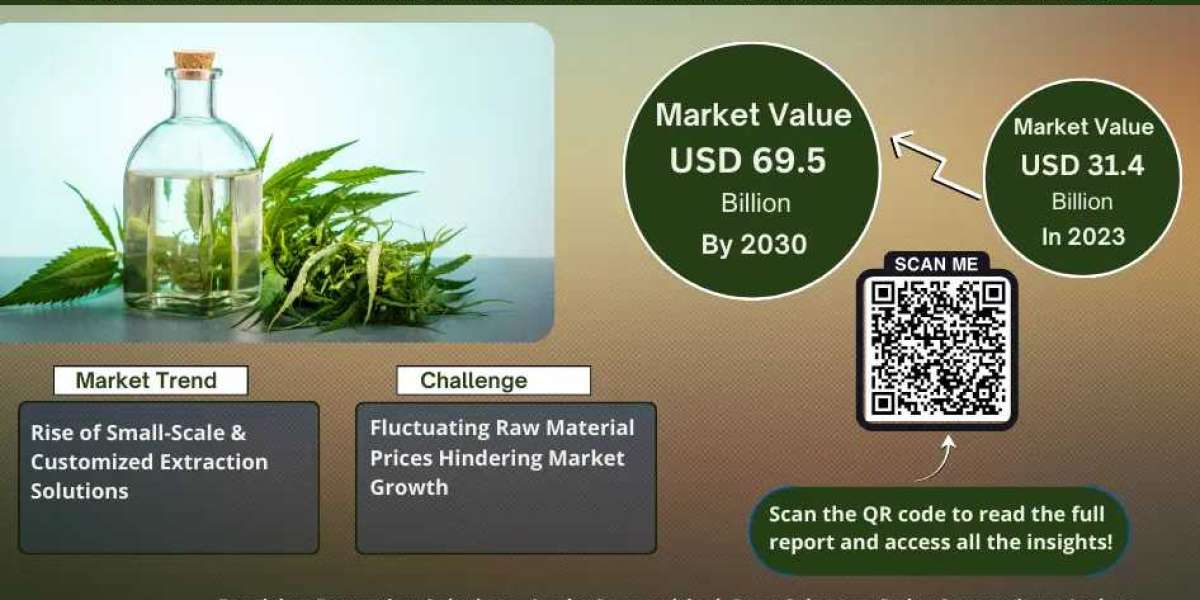The digital transformation in education has led to an increased demand for educational apps. These apps play a crucial role in delivering personalized learning experiences, facilitating remote education, and enhancing student engagement. However, one question many educational institutions and businesses ask before starting an app project is, “How much does educational app development cost?” Understanding the factors that influence the cost of developing an educational app is essential for making informed decisions about the development process. In this blog, we’ll break down the key elements involved in educational app development, and how education software development can help create a seamless, effective learning experience.
The Role of Education Software Development
Education software development has revolutionized how learning is accessed and delivered. The development of educational apps goes beyond just creating a platform to deliver content; it involves implementing features that support interactive learning, assessments, communication tools, and sometimes even AI-based personalized learning paths. When a business or educational institution begins developing an educational app, they need to consider the complexity of these features, as well as the target audience, design requirements, and scalability of the app.
From mobile apps that support classroom learning to apps that provide certification programs, education software development can cater to a wide range of educational needs. But, before diving into development, understanding the costs associated with building such apps is vital.
Factors Affecting the Cost of Educational App Development
The cost of developing an educational app can vary significantly based on various factors. Below are some of the key factors that contribute to the overall cost of an educational app development project.
1. App Complexity and Features
The complexity of your app is one of the most significant factors affecting its development cost. Simple apps with basic functionality will cost less to develop, while more complex apps with advanced features will cost more.
Some of the key features that could increase the cost include:
- User authentication: If your app requires users to register and log in, incorporating secure authentication can add to the development time and cost.
- Multimedia Integration: If your app will include videos, quizzes, games, or interactive learning modules, these elements can significantly increase the development time and cost.
- Real-time collaboration tools: Features like messaging, video conferencing, or forums can add significant complexity.
- AI integration: Educational apps that use artificial intelligence for personalized learning or automated grading will be more expensive to develop due to the specialized skills required for AI integration.
The more features you want to include in your educational app, the higher the development cost will be. It’s important to prioritize essential features and functionalities to ensure that the app remains cost-effective.
2. Platform Choice: iOS, Android, or Cross-Platform
The platform on which you want your educational app to run plays a key role in determining the cost. Developing an app for a single platform, like iOS or Android, will generally cost less than developing for both platforms.
- Native app development: If you choose to develop a native app for iOS and Android, you will need separate development efforts for each platform, which increases costs.
- Cross-platform development: Using frameworks like React Native or Flutter allows developers to write the code once and deploy it on both platforms, which can reduce costs. However, cross-platform development may not always deliver the same performance and user experience as native apps, so it’s important to evaluate the trade-offs based on your app’s needs.
3. Design and User Experience (UX)
The design of the app is another significant factor influencing the cost. A good user interface (UI) and user experience (UX) design are crucial for engaging users and ensuring ease of use. More sophisticated and custom-designed UIs will require more time and resources to create.
The cost for design depends on:
- Simplicity vs. complexity: A minimal, basic design will cost less than a complex design with multiple interactive elements.
- Branding: If you want a custom theme or branding elements, these will also add to the development cost.
- User testing: The more time spent on user research and testing, the higher the cost.
A well-designed app increases engagement and usability, which is vital for educational apps where the goal is to enhance learning.
4. App Maintenance and Updates
Once your educational app is developed, the cost doesn’t end there. Ongoing maintenance, updates, and improvements are essential to keep the app functional and relevant. The cost for maintenance depends on factors such as:
- Bug fixes: Ensuring the app works smoothly and fixing any bugs.
- Feature upgrades: Adding new features or modifying existing ones.
- Platform updates: Adapting the app for new versions of iOS or Android.
Generally, businesses should allocate around 15-20% of the initial development cost for annual maintenance.
5. Development Time and Team Expertise
The time it takes to develop an educational app depends on the complexity of the app and the expertise of the development team. The more time the app takes to build, the higher the cost will be.
A skilled development team will include developers, designers, project managers, and QA testers. The hourly rates for developers can vary based on location and expertise. For example:
- Offshore development: Developers in regions like Eastern Europe, India, or Southeast Asia may offer lower hourly rates but could have varying levels of expertise.
- Onshore development: Developers in countries like the US, UK, or Canada will have higher hourly rates but may offer more localized support and expertise.
6. Mobile App Cost Calculator
To help businesses estimate the cost of app development, mobile app cost calculators can be valuable tools. These calculators take into account various inputs such as the number of features, complexity, and design specifications, helping businesses understand the rough cost of their educational app project.
By using a mobile app cost calculator, you can get a ballpark figure for the development of your app and make more informed decisions about your budget. However, keep in mind that these calculators only provide estimates, and the actual cost can vary based on additional requirements and changes during the development process.
If you're interested in exploring the benefits of educational app Development services for your business, we encourage you to book an appointment with our team of experts.
Conclusion
The cost of developing an educational app depends on several factors, including the complexity of the app, the features you want to include, the platform you choose, and the design requirements. While the initial cost may seem high, educational apps offer long-term benefits, such as increased engagement, easier access to learning, and scalability. By choosing the right development approach, businesses and educational institutions can create high-quality educational apps that meet the needs of students and educators.
If you're considering developing an educational app and need assistance in estimating costs and understanding the development process, reaching out to an expert is a good step forward. Education software development services can provide the technical expertise needed to bring your app to life and help you optimize your investment.














